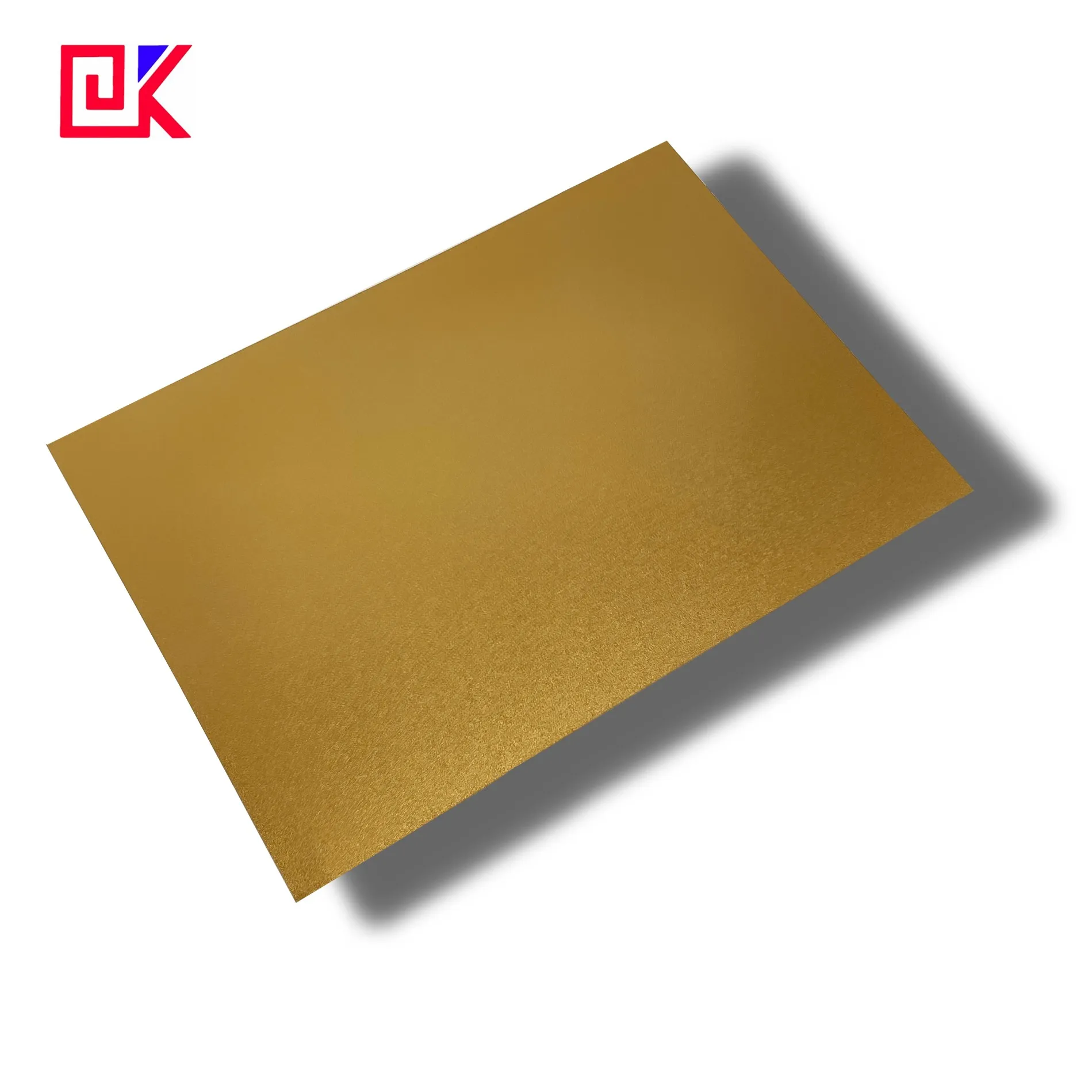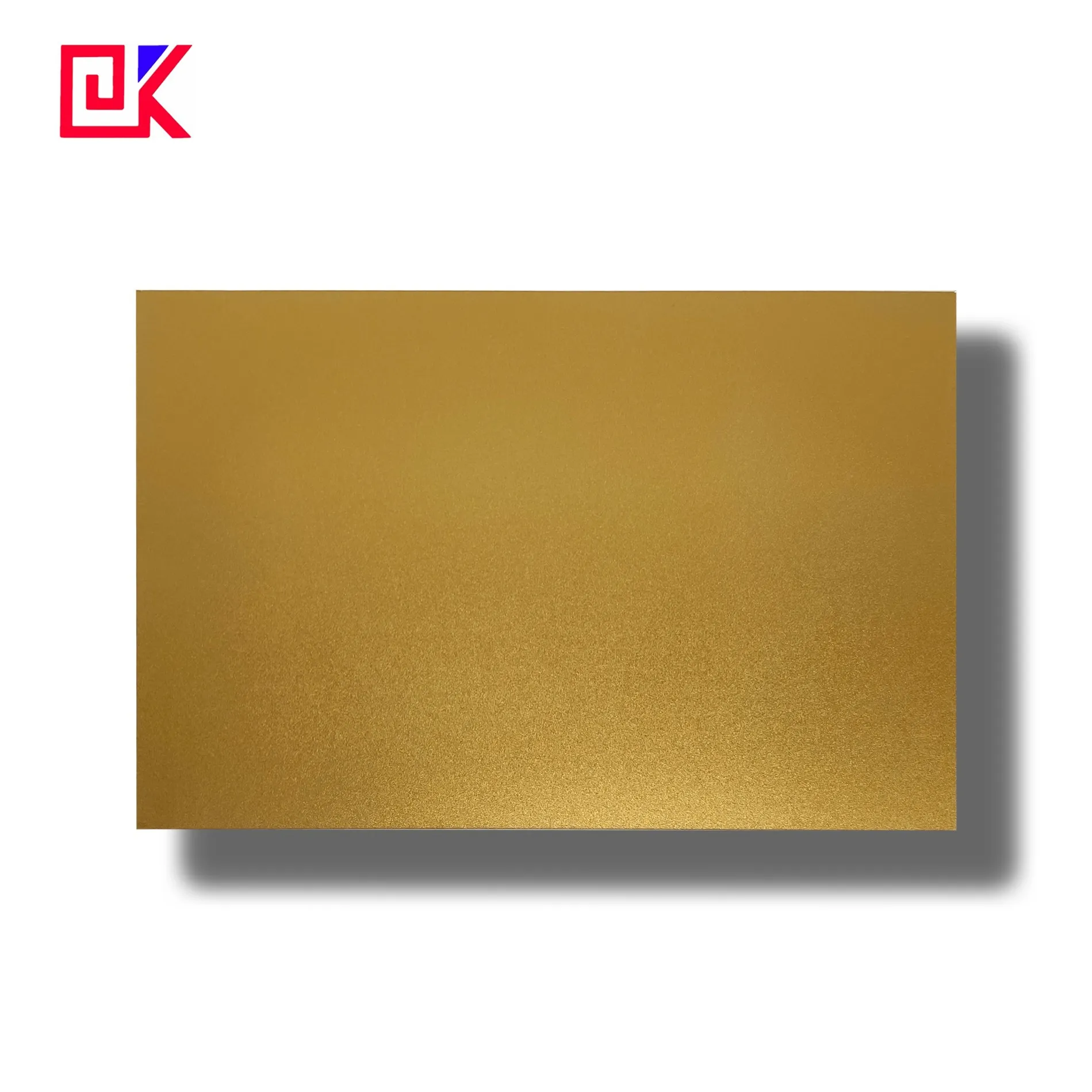In the global canning industry, tinplate packaging occupies a significant market share. With its unique performance and wide range of application scenarios, it has become the preferred material for packaging in many fields such as food, beverages, and chemicals. Tinplate products not only have good competitive advantages in the market, but are also widely used in the manufacture of various packaging cans due to their excellent anti-corrosion properties, recyclability and economic practicability.
In order to gain a deeper understanding of the important position of tinplate in the can-making industry, this article will conduct a detailed analysis of the characteristics, industry applications, proportion data, etc. of tinplate.

What are the material advantages of tinplate packaging?
To understand the proportion of tinplate in the can-making industry, we first need to clarify the core advantages of tinplate as a packaging material. Tinplate is a kind of tin-plated iron plate. It is coated with a thin tin layer on the surface of cold-rolled steel plate to form anti-corrosion protection. It is mainly used to manufacture various packaging cans. The existence of the tin layer makes the tinplate have excellent corrosion resistance and can provide a smooth surface for printing and decoration, further improving the aesthetics and market competitiveness of the packaging can.
Excellent anti-corrosion performance
Tin has stable chemical properties and does not easily react with air or moisture, and can effectively prevent oxidative corrosion of steel substrates. For food, beverages or certain chemicals, it is particularly important to maintain the stability of the environment inside the packaging can in order to ensure the long-term shelf life of the product. The corrosion resistance of tinplate is one of the main reasons why it is widely used in the canning industry.
Strength and workability
As a cold-rolled steel material, tinplate has extremely high mechanical strength. It can not only withstand high impact force during the molding process, but also has good ductility and plasticity, making it easy to be processed into tanks of various shapes. Whether it is a traditional round, square, or special-shaped can, mass production can be achieved through certain technological means.
Good printing and decoration
The smooth texture of the tinplate surface provides good conditions for various printing techniques. Through offset printing, UV printing and other processes, manufacturers can easily achieve complex and exquisite pattern designs on tinplate packaging cans, making the products more eye-catching on the shelves. This feature is particularly important in the food and beverage industry, where brands use attractive packaging designs to increase product sales.
Recyclability
Tinplate is an efficient and environmentally friendly packaging material. Its excellent recyclability makes it popular in today's increasingly environmentally friendly market. Tinplate cans can be recycled and reused many times without losing their essential properties, which not only reduces reliance on raw materials but also reduces the impact of waste on the environment.

What are the uses of tinplate in the canning industry?
In the canning industry, tinplate products cover many fields, especially in the packaging of food, beverages, and chemicals. The following are several main application areas:
canned food
One of the largest markets for tinplate packaging is food cans. Whether it is canned fruits, canned vegetables, canned meat, or canned seafood, tinplate packaging can ensure the safety and freshness of food during long-term storage due to its excellent anti-corrosion properties. Food can packaging requires materials with high sealing properties and food safety standards, and tinplate is an ideal choice to meet these requirements.
beverage cans
The beverage industry is also an important application area of tinplate packaging, especially in carbonated beverages, beer and other products. Due to its high strength and pressure resistance, tinplate cans can withstand the gas pressure in carbonated beverages and have good sealing properties to prevent beverages from being gas leaks in the. In addition, tinplate cans have excellent isolation effects on light and air, effectively preventing beverages from deteriorating.
Edible oil, condiment jars
Tinplate is also widely used in the packaging of edible oils and condiments, especially high-end products such as olive oil. Since these products have high requirements for packaging sealing and anti-corrosion, the anti-corrosion properties of tinplate can ensure that they will not deteriorate or change their flavor due to oxidation during storage.
Chemical packaging
In chemical packaging, tinplate also occupies an important position, especially for those chemicals that require long-term storage and are corrosive (such as paints, coatings, pesticides, etc.), tinplate cans not only provide good protection, but also have sufficient Structural strength, able to withstand various external forces during chemical transportation.
What proportion of tinplate packaging accounts for the can industry?
The reason why the proportion of tinplate packaging in the canning industry can remain at a high level is due to its wide range of application scenarios and excellent material properties. According to industry statistics, in the global canning industry, more than 60% of packaging cans use tinplate materials. This ratio is even higher in certain areas such as food cans and beverage packaging.
Food canned field
The food canning industry is highly dependent on tinplate packaging. According to statistics, the usage rate of tinplate in global food can packaging exceeds 80%. This is because food cans need to maintain the hygienic safety and quality of their contents for a long time during storage. Tinplate can effectively isolate the penetration of oxygen and moisture and prevent food from rotting or deteriorating.
Beverage packaging field
In the field of beverage packaging, the use ratio of tinplate cans is also very high, especially in products such as beer and carbonated drinks. Tinplate cans have good pressure resistance and sealing properties, which can ensure that the gas in the beverage will not leak. According to relevant data, in the global beverage can market, the market share of tinplate cans is close to 70%.
Industrial and chemical packaging
Tinplate's share of the chemical packaging market is slightly lower, but it still occupies about 40% of the market share. This is mainly due to the special requirements for materials for certain products in the chemical market. For example, some chemicals have extremely high requirements for corrosion resistance of packaging materials, which may require the use of aluminum or other special alloys. However, tinplate is still the packaging material of choice for most common chemicals, especially when it comes to paint and coating packaging.

What is the reason for the higher proportion of tinplate packaging?
The reasons why tinplate packaging has a higher proportion in the canning industry:
1. Excellent cost performance
2. Environmental protection and recyclability
3. Material versatility
Excellent value for money
Tinplate is a relatively inexpensive packaging material, especially in large-scale production, with low production costs. In addition, tinplate has good processability and recyclability, allowing can manufacturers to control costs while ensuring packaging quality. This cost-effective advantage makes tinplate widely used in the canning industry.
Environmentally friendly and recyclable
With the increasing awareness of environmental protection, the recyclability of tinplate has become one of the important factors in its market competitiveness. Tinplate cans can be recycled multiple times without affecting their physical properties or performance, making them an environmentally friendly packaging material that meets modern society's requirements for environmental protection and sustainable development.
Material versatility
Tinplate not only has excellent anti-corrosion properties, but also can flexibly adjust the coating and surface treatment processes according to different application scenarios. For example, for food packaging, tinplate cans usually add a layer of harmless inner coating to prevent direct contact between the can and food; while in chemical packaging, the coating design will focus on preventing chemical corrosion. This flexibility allows tinplate to adapt to a variety of packaging needs, further solidifying its position in the can industry.

